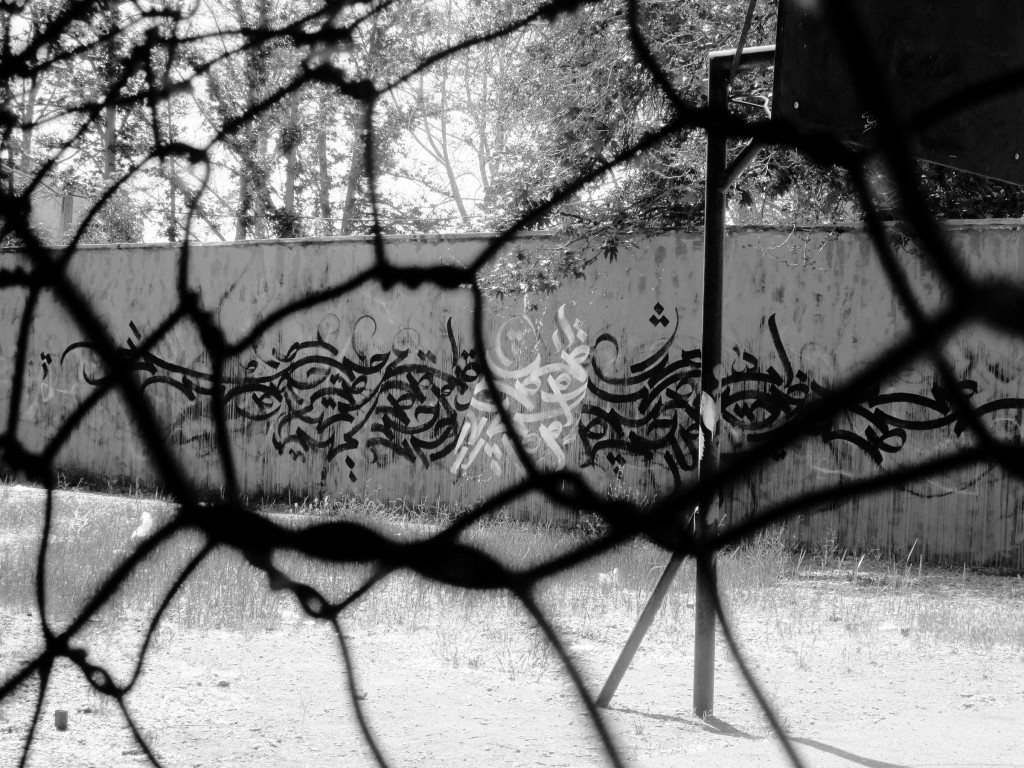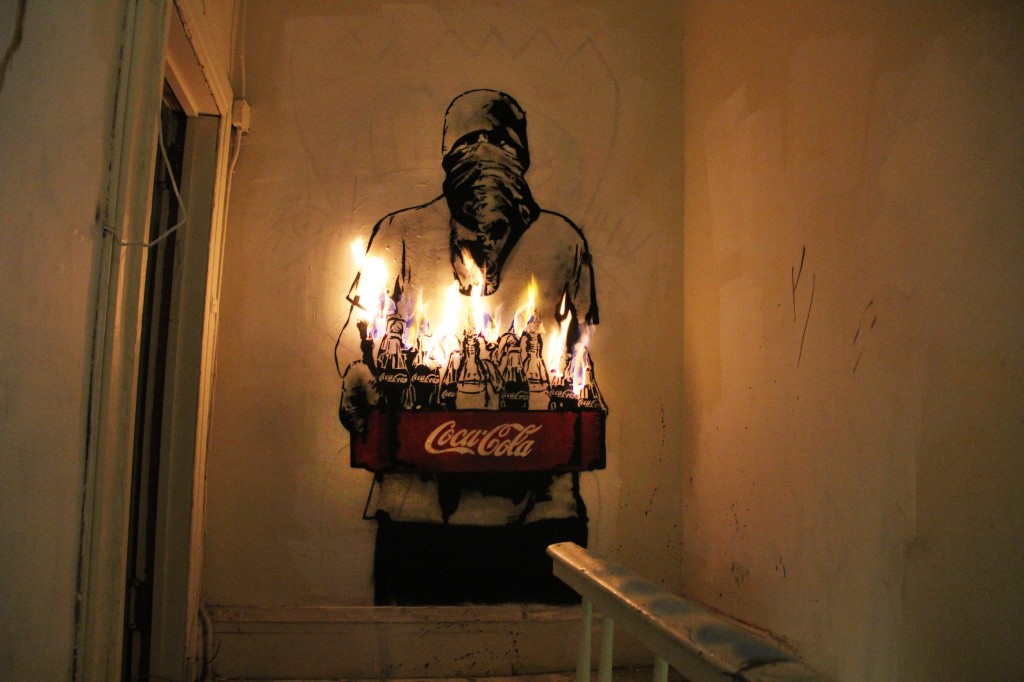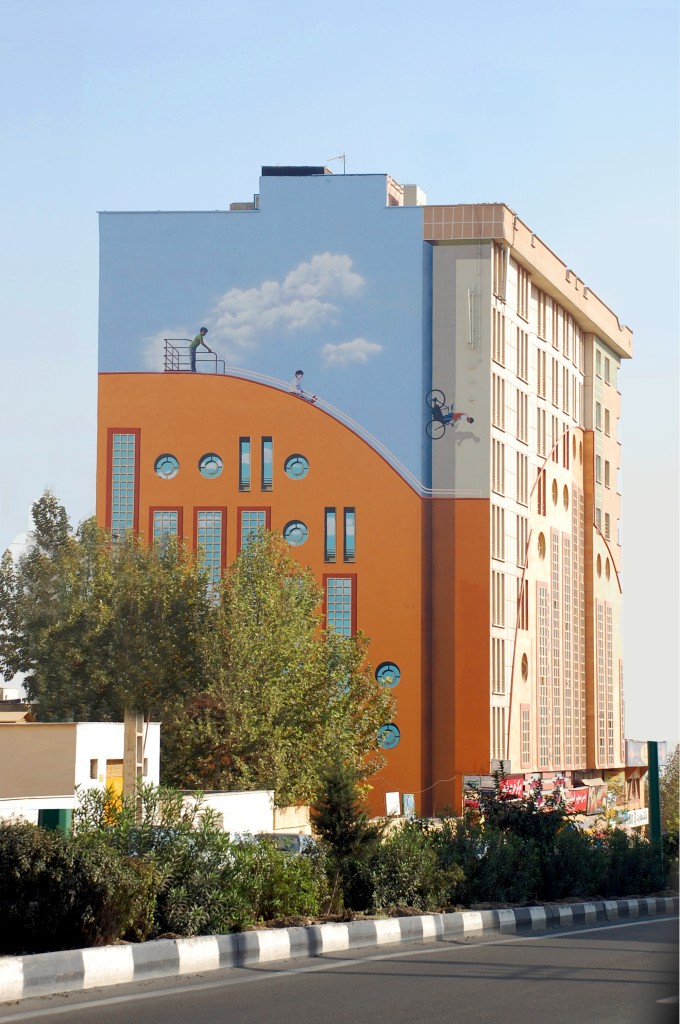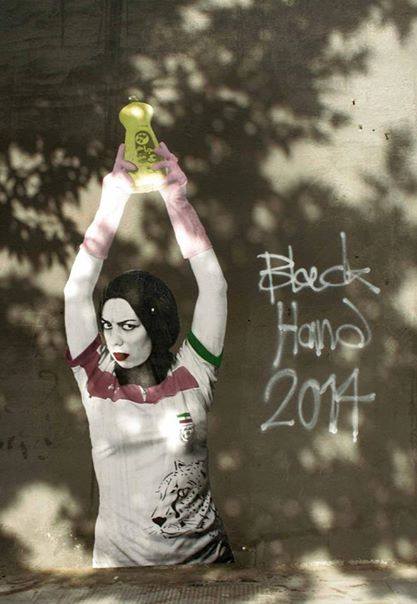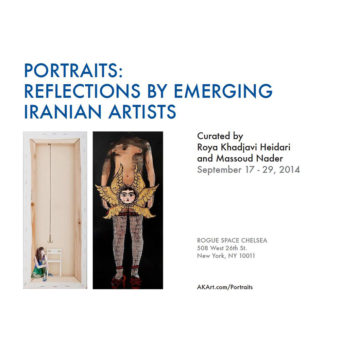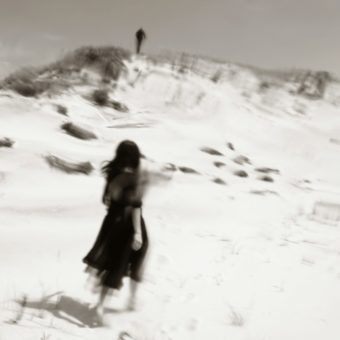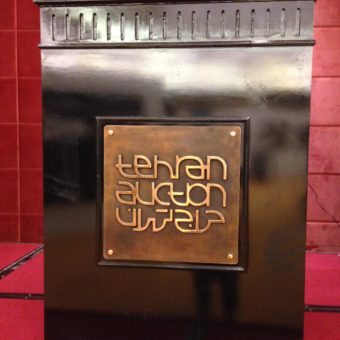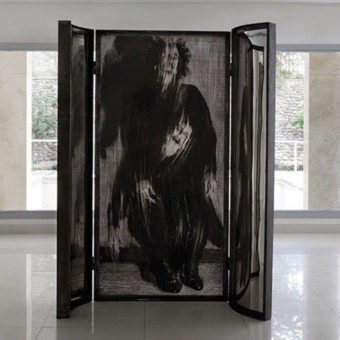blog
Prominent Artists from Iran’s Street Scene
The Iranian art world spans across so many various styles and mediums, ranging from traditional, to contemporary, and much in between.
One of the highest rising art styles in Iran however is the Street Art which directly depicts political, economical, and social issues of its era.
In an effort to beautify the landscape of the cities of Iran, there have been several projects commissioned for artists to paint on buildings and empty spaces, however many street artists have had to remain underground because of the censorship in Iran and it’s policy against graffiti due to its often critical nature.
There are four different streets artists which have risen to great popularity in the last few years due to their artistic skill, originality, and ability to speak to the masses.
Emerging from Tabriz, brothers and stencil artists Icy & Sot began their professional career in 2008, but have been creating work on the streets since 2005. Their graffiti addresses issues of love, hate, peace, war, despair, hope, children, society and Iranian culture. They have held numerous exhibitions worldwide and their unofficial street artworks have appeared in Iran and throughout Europe, South America and the United States.
During an interview with Brooklyn Street Art, the artist duo said about the nature of their work:
“In our opinion Street Art itself is a kind of political art, because it says something directly to the people. […] we are communicating our visions to the people with walls. […] Because the streets are for everyone but the galleries are limited and all we want is to communicate our visions to the people.”
Icy and Sot, 2014, New York.
Tehran-based artist and designer Mehdi Ghadyanloo began decorating his native city’s high-rises and office buildings about eight years ago, with monumental surrealist and hyper-realist murals produced by himself and his company, Blue Sky Painters. Ghadyanloo’s graffiti blurs the lines between architecture, art and the urban environment, as well as between reality and fiction.
Unlike most street artists, Ghadyanloo is able to do his work legally for the most part as he gets commissioned to paint buildings. In a recent interview however, Ghadyanloo speaks about the legal aspects of graffiti and how because due to its strict policies, most other artists can only create as part of an underground scene:
“Graffiti is illegal here in Iran, like in many other countries, so graffiti artists in Tehran work at night. We have [a] very good underground street artist [network].”
Mehdi Ghadyanloo, ‘Childhood Dream’, 2011, Tehran.
Black Hand is the epitome of the illegal aspect of mural and graffiti art in Iran. He is considered Iran’s Banksy by many, and has revealed that he takes inspiration and is heavily influenced by the UK artist’s style and artistic philosophy. Like Banksy, Black Hand engages with social and political issues. His art is provocative but is not meant as protest – rather, as a way to find peace.
Black Hand, 2014, Tehran.
GhalamDAR has a distinctive style that sets him apart from the rest of his fellow street art practitioners. Rather than being influenced by the mainstream graffiti styles coming in from the West, he takes inspiration from traditional Iranian art forms such as calligraphy (khattati or khoshnevesi) and miniature painting (negargari).
GhalamDAR, ‘Segregation #1′, 2014, Karaj.
GhalamDAR comments on the originality of himself and many of his contemporaries, hoping to see more Iranian artists engage in their own culture for inspiration:
“In this modern period, we are able to take our own elements, visual culture, our own literature for inspiration. We have had a lot of artistic circles throughout the last century that have experimented with traditional forms. We could do it [with graffiti], but most prefer to emulate. In my opinion, we still don’t have an authentic Iranian street art movement; right now most of us are just replicating what is being produced in the U.S. and Europe.”
While street art may not find appreciation everywhere, it is impossible to deny it as an emerging art form that holds importance to Iran and it’s society.
Street art is the art of the people, by the people, and for the people.
These four artists are only a few of many which can be found sprawled across the streets of Iran, and even across the world.
Graffiti is a tradition and art form that spans across decades and continents. It is fascinating to see how different places draw on the keys components of it, but find ways repurpose it to fit the social and political needs of that location.

